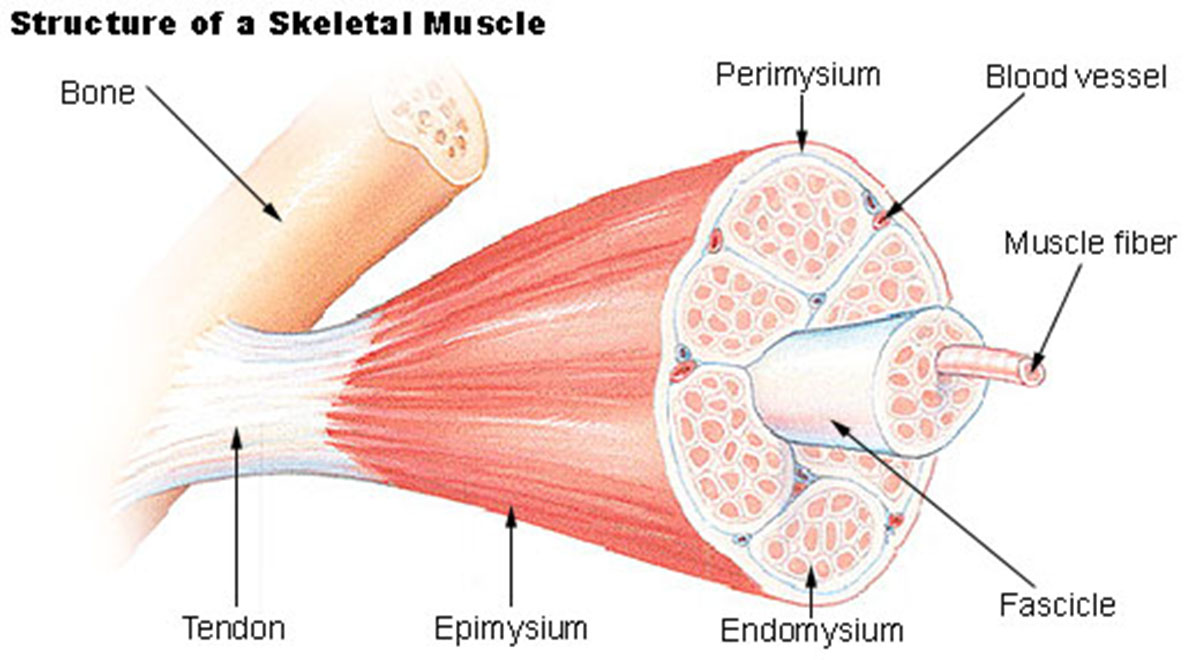
Duchenne muscular dystrophy is a recessive X-linked disorder that features with accelerated progression of muscle degeneration and loss of muscle strength. This is the most rapid and quite severe form of muscular dystrophy.
Duchenne muscular dystrophy develops as a consequence of a defective gene for dystrophy, a specific protein of muscles. It affects people with family history of the disease hence it is inherited. It affects more men than women. Women can be carriers of the defective gene and transmit the disease to their children. It is estimated that Duchenne muscular dystrophy affects 1 out of every 3600 male infants.
Clinical Characteristics of Duchenne Muscular Dystrophy
Symptoms of this disorder in majority of cases develop before the age of 6. They include fatigue and muscle weakness that typically starts in the legs and pelvis and soon spreads to the arms, neck and other parts of the body. Because of muscle weakness such children simply cannot engage in activities such as running, hopping or jumping. They are also prone to falls. Difficulty walking becomes progressive. Braces for walking can provide with support for a certain period of time but the ability to walk may be completely lost until the age of 12. In terminal stage children are wheelchair ridden. Mental retardation is not a typical characteristic of the condition although it may occur and unlike muscle weakness it never worsens over time.
Diagnosing Duchenne Muscular Dystrophy
The doctor performs a complete physical and neurological examination. Some of the findings may include cardiomyopathy, congestive heart failure, arrhythmias, scoliosis, enlargement of calf muscles (pseudohypertrophy), loss of muscle mass, muscle contractures and muscle deformities and respiratory disorders (usually in later stages of the disease).
In order to confirm the disorder the doctor performs several more tests including electromyography (EMG), genetic tests, muscle biopsy and measures serum CPK.
Therapy for Duchenne Muscular Dystrophy
Unfortunately, since the condition is genetic there is no cure for Duchenne muscular dystrophy. The goal of the therapy is to control and reduce the intensity of symptoms and maximize the quality of life.
Additional measures include encouragement of activity. The condition only gets worse if the child is inactive. Physical therapy is beneficial for strengthening of the affected muscles. Patients suffering from Duchenne muscular dystrophy at certain stage of the disease start using orthopedic appliances such as braces and wheelchairs. Medications may be prescribed in case of muscle spasms, stiffness or weakness and muscle deterioration can be partially reduced with corticosteroids or immunosuppressive drugs (cyclosporin and azathioprine). And finally, tendon release surgery is performed in order to release contractures.



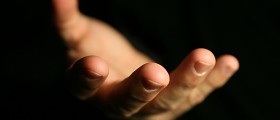










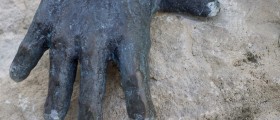
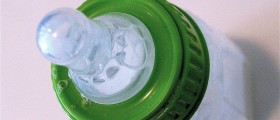
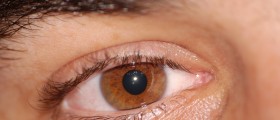
Your thoughts on this
Loading...